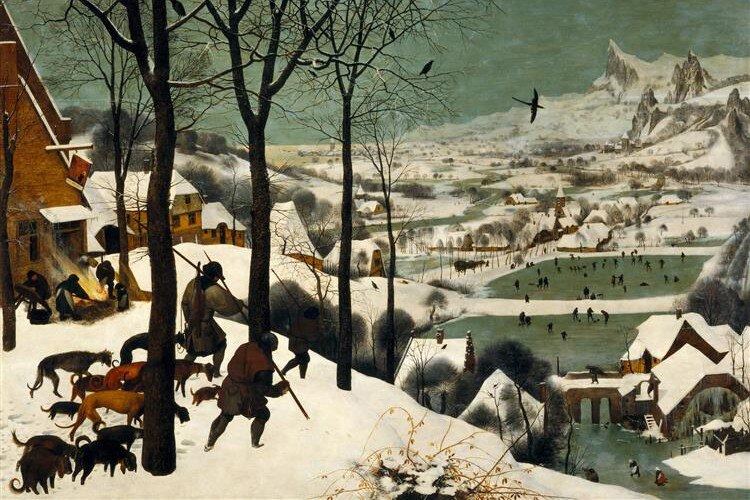“The most important thing is not winning, but taking part”, said Pierre de Coubertin, a French pedagogue and historian. But is this really true? The Beijing 2022 Winter Olympics will officially start today.
Until 20 February, China’s capital will be hosting the 24th edition of the event, where many athletes will be competing in fascinating sports such as skating, curling, hockey, downhill skiing and snowboarding - all sports in which graceful silhouettes glide on the white snow.
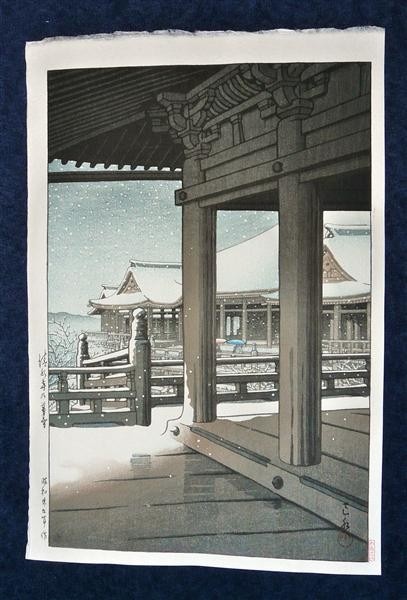
Snowy landscapes have always inspired writers and painters, and even the Bible dedicates a few verses in the Book of Sirach to snow: “He sprinkles the snow like birds flying down, and its descent is like locusts alighting. The eye marvels at its beautiful whiteness, and the heart is amazed at its showering down.” (Sirach 43, 18)
Snow also inspired artists like Gabriele D’Annunzio, Rainer Maria Rilke and the poet, writer and painter Joachim Ringelnatz. And it is precisely oriental art that offers us an extraordinary and wide-ranging overview of this theme.
Hasui Kawase, a Japanese artist from the first half of the 20th century, describes and analyses the typical architecture of his country in relation to nature and snow. He paints gentle, muffled, noiseless scenes, where white is the predominant colour. The artist seems to stroll around his memories, which he portrays according to his almost photographic point of view. A well-known exponent of the shin-hanga (new prints) movement, Hasui stood out for his works, mostly woodcuts, free of textual notes, as if to emphasise that he did not belong to those landscapes. Through the elaboration of an aesthetic totally in line with that of the Japanese tradition, the artist created volumes and perspectives that were typical of Western painting, perspective landscapes with architecture typical of 20th-century Europe.
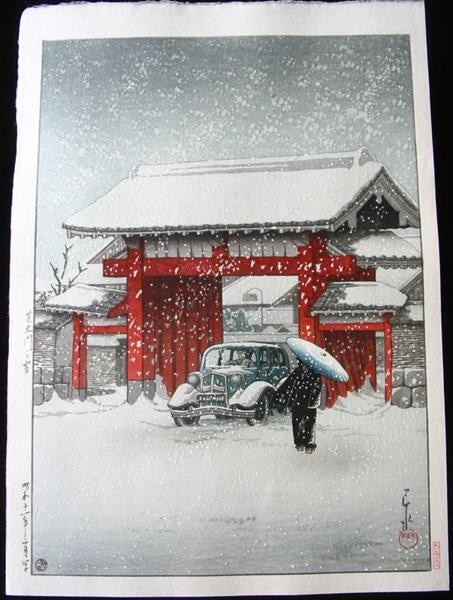
The snow-covered landscapes depicted in Western paintings approach the theme in a totally different way. Softness and silence give way to the vigour and impetuousness of snow.
The British artist Joseph Farquharson is a clear example of this. His landscapes are harsh and painful, just like the characters who live in them. Poor living conditions, where the snow makes everything even harder. Peasants and cattle wandering aimlessly, suffering this atmospheric event. Cold nights, painful and sad sunsets where everything tells of poverty and desolation, where the snow becomes a bitter and ungrateful narrator and executor.
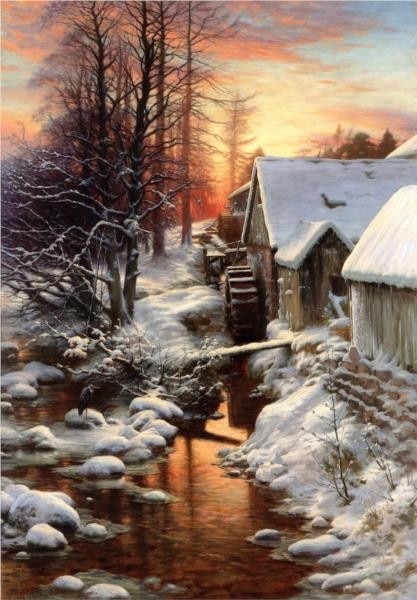
A 16th-century artist, Pieter Bruegel the Elder, a genius and master of Flemish painting, used snow in his paintings as an excuse, as a technical ploy to give dimension and corporeity to his characters. His villages appear almost imposing thanks to the white snowy carpet. This white takes on a particular and bold three-dimensionality that only colours can give. Bruegel breaks the rule and, through a very particular grisaille, goes back to volumes and the aesthetics of the absence of colour, of monochrome given by warm, neutral tones.
Snow is no longer a subject but a pictorial pretext, a creative acumen that only the Flemish painter knows how to master.
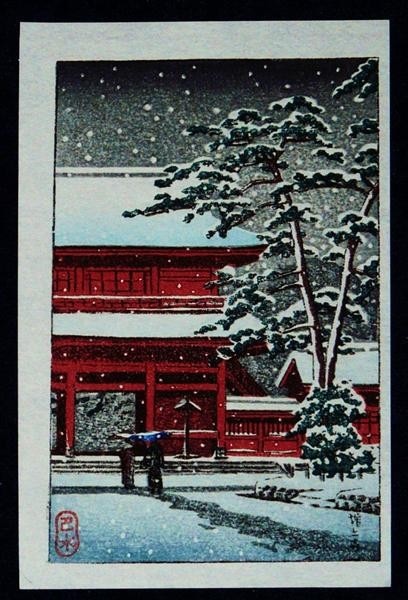
A kind of literary grisaille is also presented by the French writer Maxence Fermine, who opens his colours trilogy with a book called Snow, followed by The Black Violin and The Beekeeper: “Snow is a poem. A poem that falls from the clouds in delicate white flakes. A poem that comes from the sky. It has a name. A name of dazzling whiteness. Snow.”
So let the snow celebrations begin with this ancient Olympic event.
Opening image: Hunters in the snow, Pieter Bruegel, oil panel, 1565


